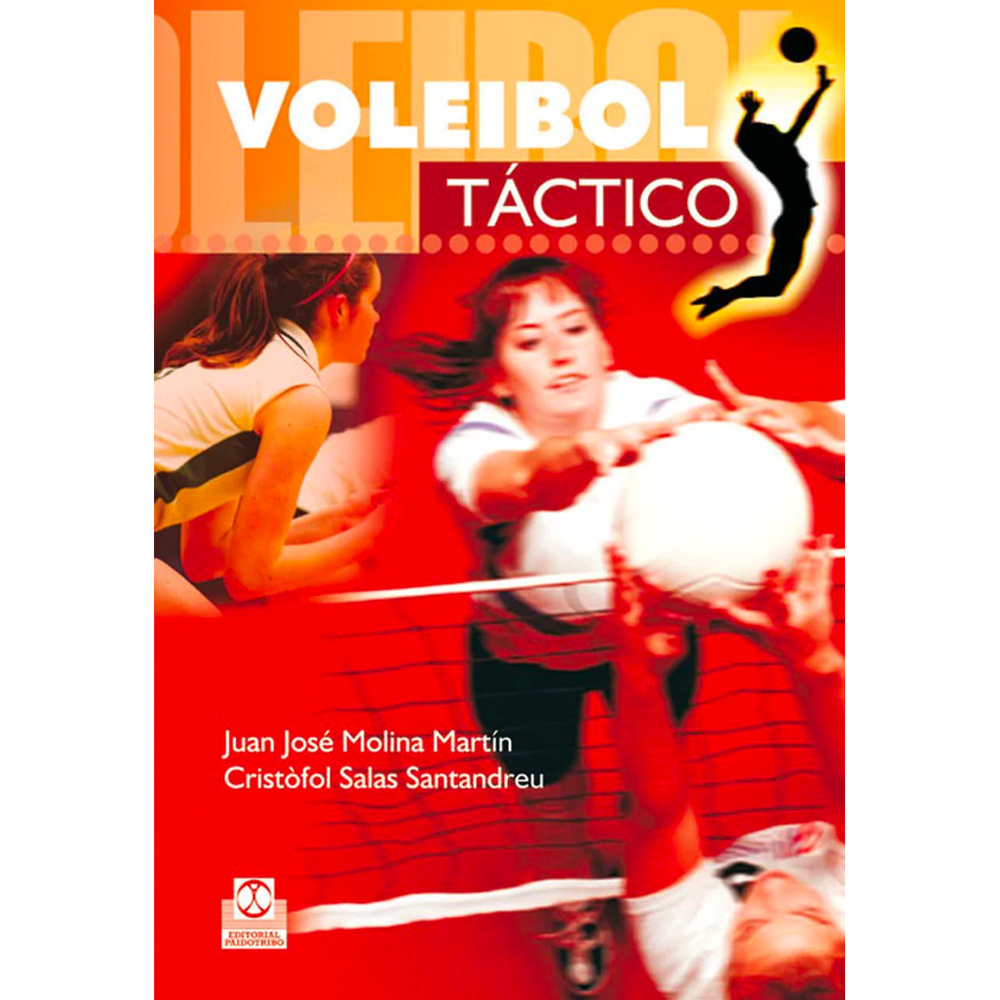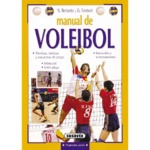TACTICAL VOLLEYBALL (SSPANISH).
TACTICAL VOLLEYBALL (SSPANISH). Molina Martín, Juan José / Salas Santandreu, CristòfolFor many authors, sports tactics are the c...
TACTICAL VOLLEYBALL (SSPANISH).
Molina Martín, Juan José / Salas Santandreu, Cristòfol
For many authors, sports tactics are the central element of oppositional-collaborative sports. In these sports the analysis of technique is insufficient to understand the confrontation between the contenders. In this type of sport, also recognised as situation sports, it is essential to assume that both the individual and the team are subject to a continuous process of stimulus-response over which a series of adjacent parameters intervene whose weight within the process is difficult to evaluate. The individuality or collectivity of the response forces us to differentiate between the concepts of individual tactics and collective tactics, without forgetting that of strategy; one of the first objectives of this work is to establish differentiating aspects between these three concepts.1- Volleyball among team sportsVolleyball is a sport with the highest demands: in terms of the motor task to be solved (hitting a ball that flies), in terms of the speed of the stimulus (a shot can reach over 100 km/h), in terms of the requirement of the task (each of the mistakes made represents one more point on the score of the opposing team), sometimes it can mean the set or the match), the space in which this task has to be carried out presents a series of specific added difficulties that increase the level of demand for its realization (height of the net, width of the passing zone, prohibition of certain types and forms of hitting. ..). Therefore, if the individual tactic depends on the difficulty of the task, the speed and quantity of stimuli and the weight or consequence of the act in the development of the game, it is evident that we are facing a sport with a great tactical load.2- The structure of the game3- the strategic complexesThese are developed schematically and each of the possible sequences or successions of strategic complexes is explained.4- The basic tactical meansStrategic complexes appear in the development of the game, that is, they respond to the very nature of play, but they do not respond naturally to a defined order or strategy. The construction of formal and functional structures, as well as the use of switches and penetrations, can be identified as the basic tactical means that coaches can use to build the different systems. In the definition and understanding of the parameter of space, it is important to distinguish between regulatory space and tactical space, and the latter can be divided into two planes: the horizontal and the vertical.5- System of play applied during the K-I phases: structures and functionsEach of the phases of play must be organised through the application of a system. Analysing the development of the possible game itineraries as well as the composition of the strategic complexes, the game systems to be developed are related to the two permanent phases that occur during the game: a defensive phase and an offensive one. The creation of the systems is subject to the regulatory logic, to the logic of the game and to the logic of the coach himself, and their development will be possible thanks to the basic strategic means developed in this manual: switches, penetrations and definition of all the concepts related to the structures. In the complex that we are dealing with in this manual, the phases of the game to which we must refer are those of reception and attack.6- The development of complex I according to the level of play: reception and attackAt the end of the 20th century, too many changes were made to the rules, which by extension have also been changes in execution techniques, in the tactics applied, in the planned strategies and obviously in the planning itself.
Editorial: Paidotribo
Edition: 01/2009
Language: Spanish
Pages: 174
-
No opinions on this article have been recorded yet.
Returns

- 5VOLLEYBALL SESSIONS FROM THE MODIFIED GAME (SPANISH).VOLLEYBALL SESSIONS FROM THE MODIFIED GAME (SPANISH).Ortega Cañavate, PabloThroughout this work, as an essential complement to the preceding b... more ...20,00€ 19,00€Available
- 5VOLLEYBALL MANUAL (SPANISH).VOLLEYBALL MANUAL (SPANISH). Bertante, N.An indispensable manual for learning to play volleyball, mini-volleyball and beach volleyball. Also an essent... more ...4,95€ 4,70€Available
- 5INTRODUCTION TO VOLLEYBALL FROM THE MODIFIED GAME (SPANISH).INTRODUCTION TO VOLLEYBALL FROM THE MODIFIED GAME (SPANISH).Ortega Cañavate, PabloThis book provides a vision of Volleyball focused on its init... more ...20,00€ 19,00€Available


.-i-v-9788480199919.jpg)




